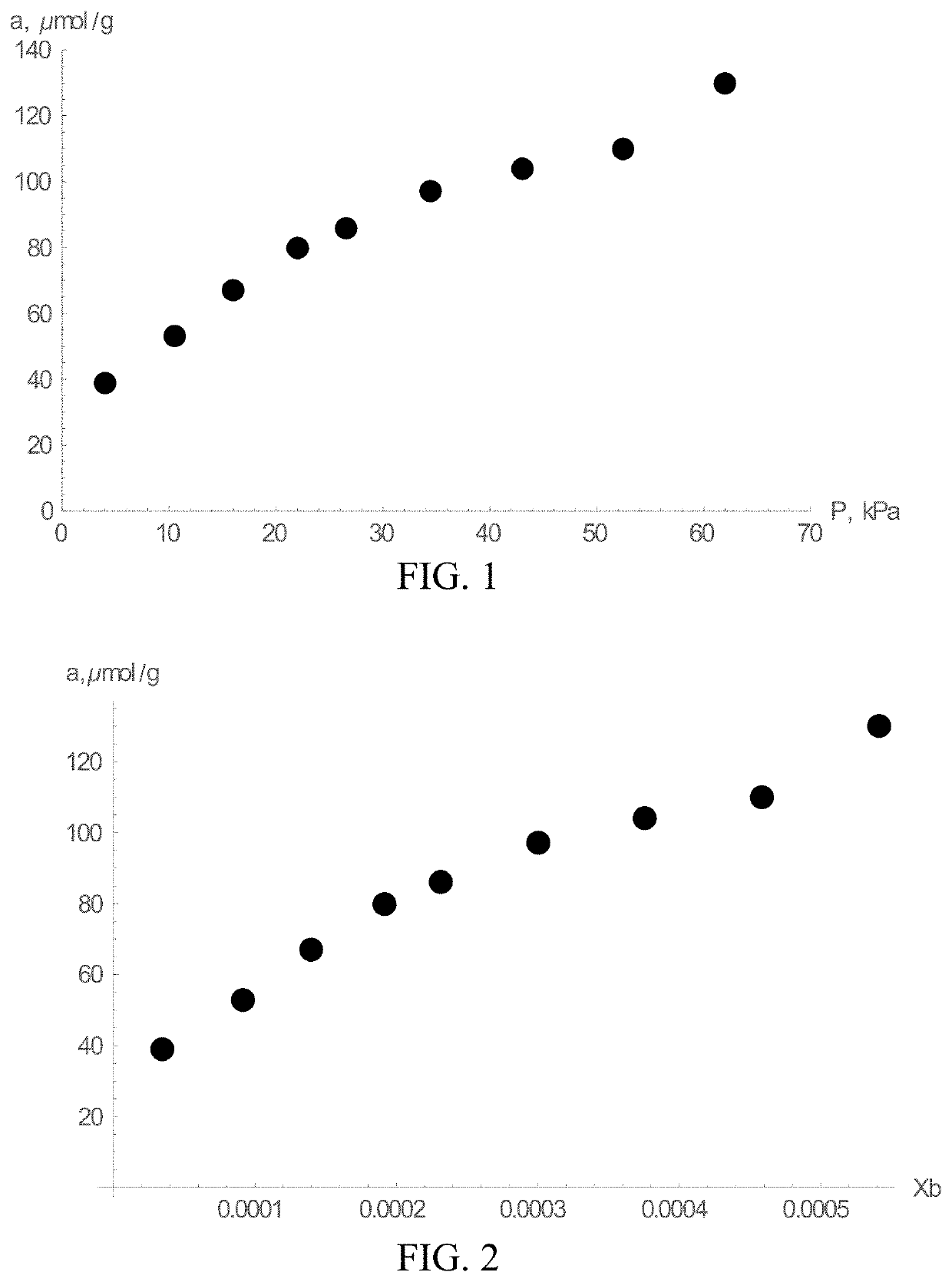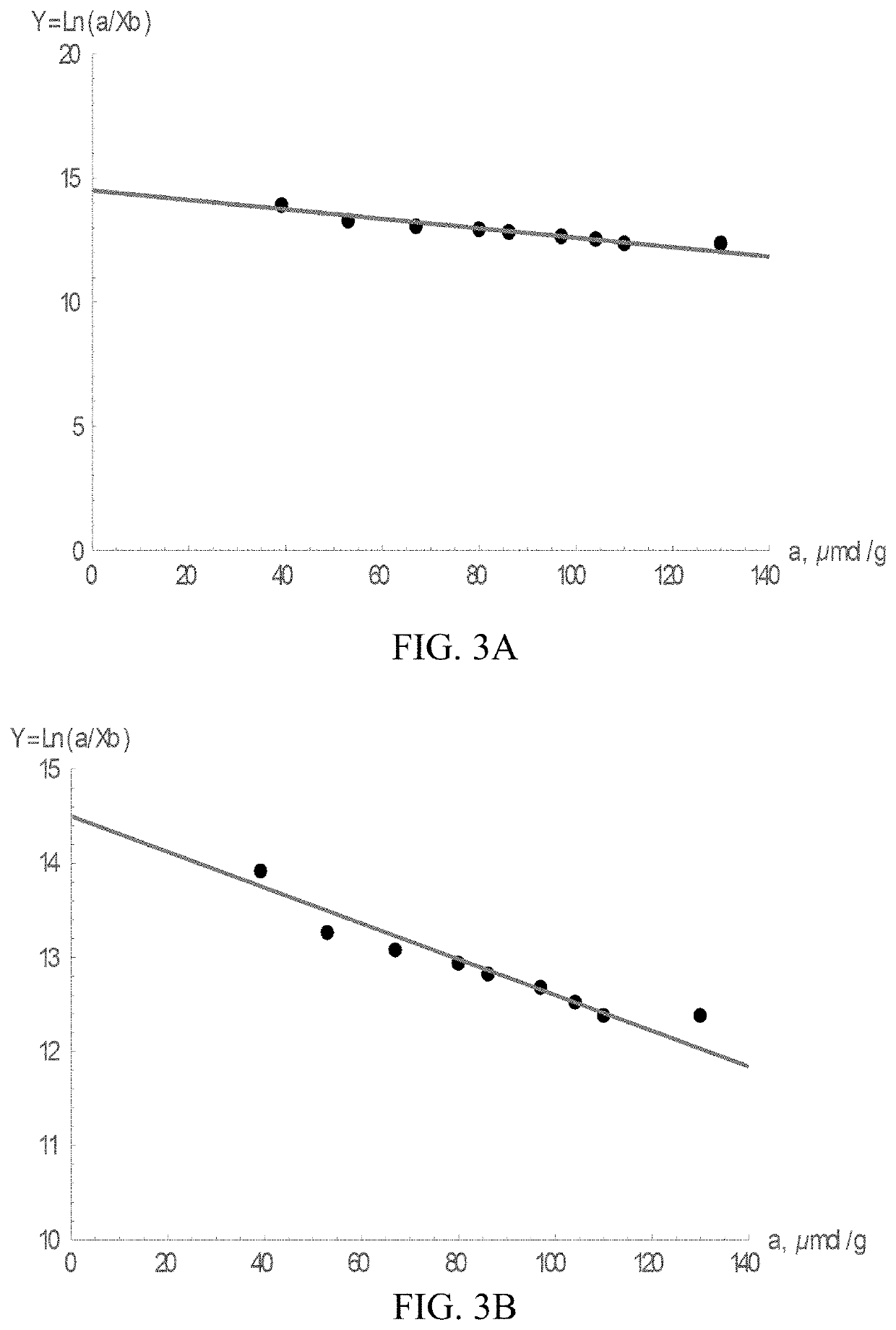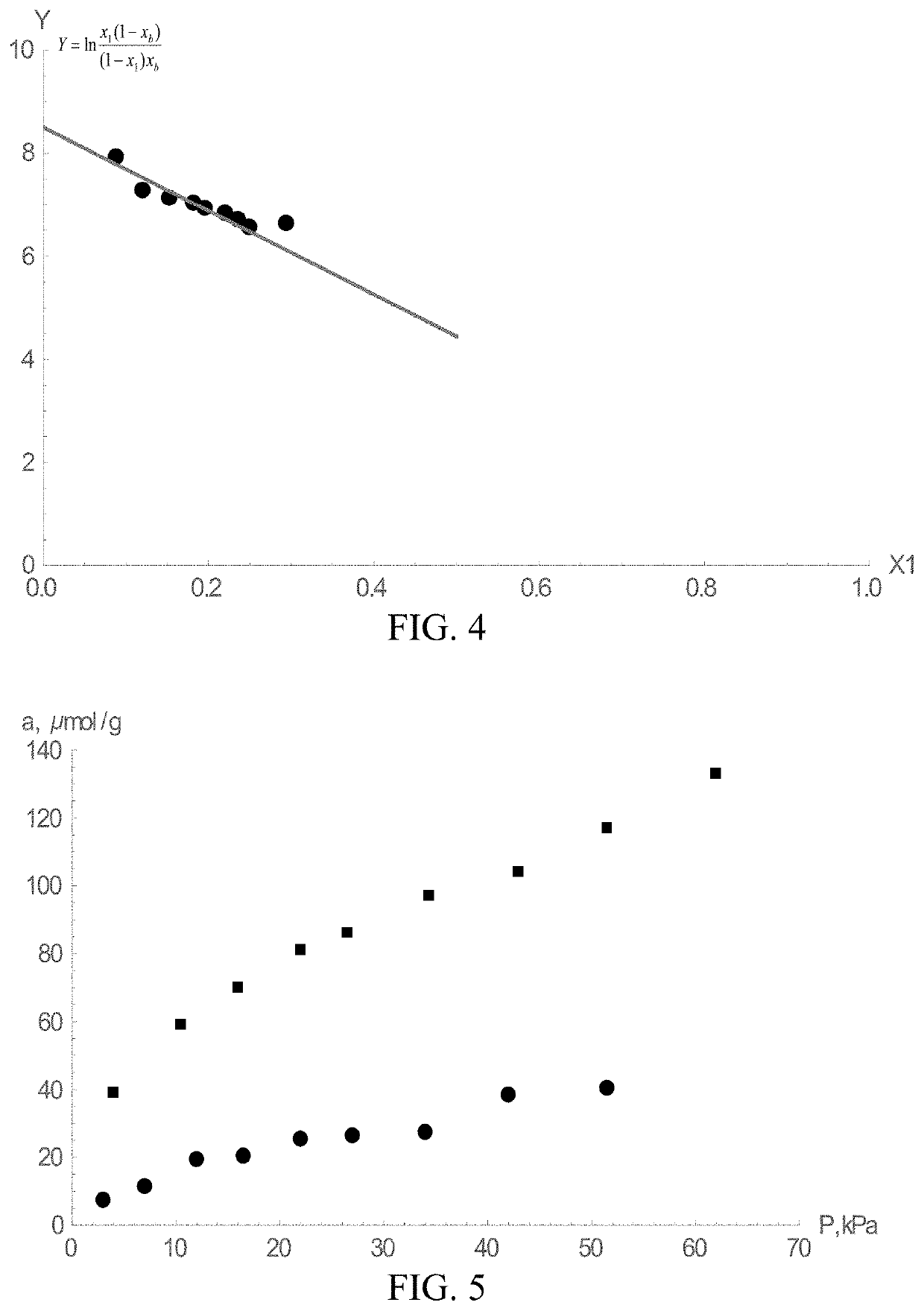Increasing Rates of Catalytic Chemical Reactions by Operating Under Conditions of Adsorption Compression
a technology of adsorption compression and catalytic chemical reaction, which is applied in the direction of physical/chemical process catalysts, suspensions and porous materials analysis, chemistry apparatus and processes, etc., can solve the problems of burdensome methods of finding an appropriate catalyst for performing a particular chemical reaction and inefficiency
- Summary
- Abstract
- Description
- Claims
- Application Information
AI Technical Summary
Benefits of technology
Problems solved by technology
Method used
Image
Examples
Embodiment Construction
[0106]Some embodiments of the current invention are discussed in detail below. In describing embodiments, specific terminology is employed for the sake of clarity. However, the invention is not intended to be limited to the specific terminology so selected. A person skilled in the relevant art will recognize that other equivalent components can be employed and other methods developed without departing from the broad concepts of the present invention. All references cited anywhere in this specification are incorporated by reference as if each had been individually incorporated.
[0107]The terms “adsorption,”“adsorb,” or “adsorbing” are used herein broadly to mean that a molecule is on at least one of a surface of a particulate catalyst or within the pores of a porous catalyst.
[0108]Throughout this specification, when the terms “largest”, “highest”, “maximum”, etc. are used, but one should understand that the concepts of the invention are not limited to only the mathematically exact lim...
PUM
| Property | Measurement | Unit |
|---|---|---|
| Temperature | aaaaa | aaaaa |
| Isotherm | aaaaa | aaaaa |
| Potential energy | aaaaa | aaaaa |
Abstract
Description
Claims
Application Information
 Login to View More
Login to View More - R&D
- Intellectual Property
- Life Sciences
- Materials
- Tech Scout
- Unparalleled Data Quality
- Higher Quality Content
- 60% Fewer Hallucinations
Browse by: Latest US Patents, China's latest patents, Technical Efficacy Thesaurus, Application Domain, Technology Topic, Popular Technical Reports.
© 2025 PatSnap. All rights reserved.Legal|Privacy policy|Modern Slavery Act Transparency Statement|Sitemap|About US| Contact US: help@patsnap.com



